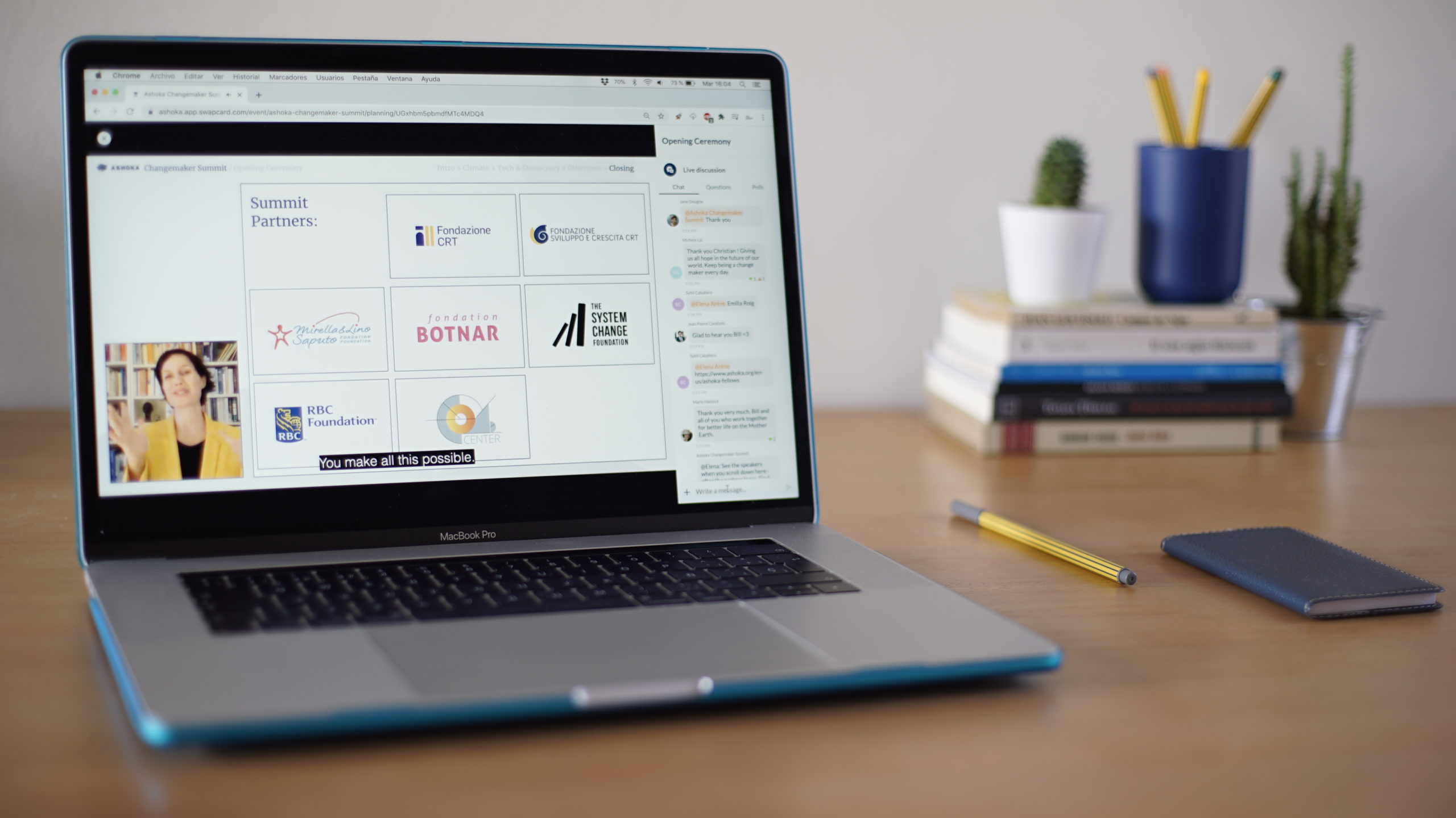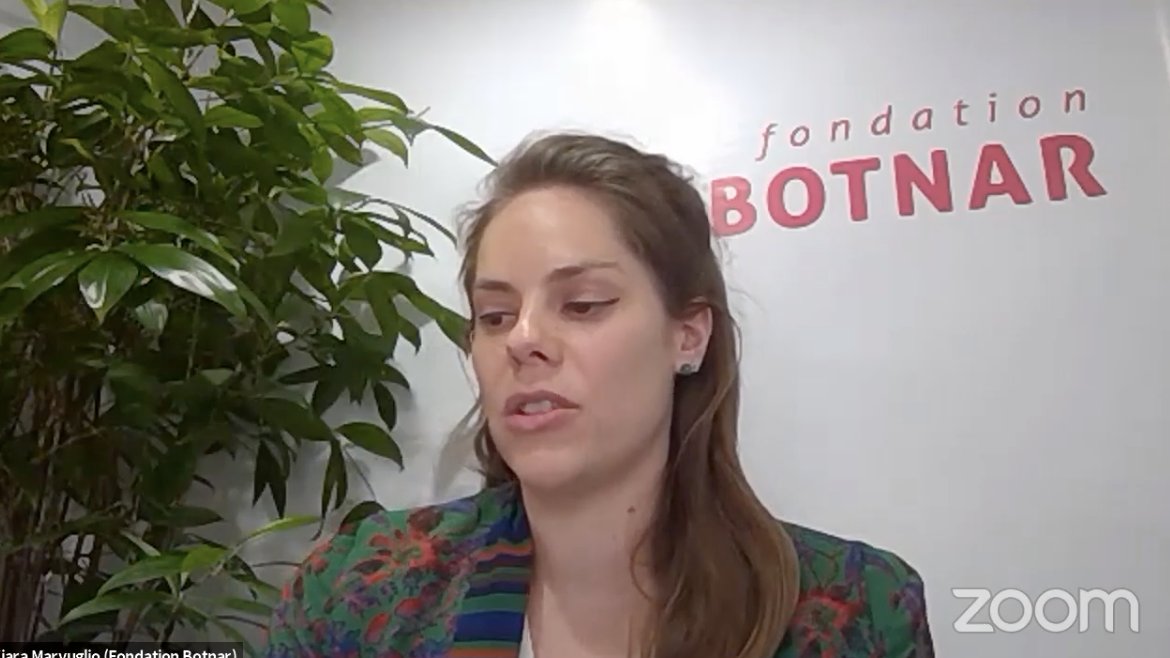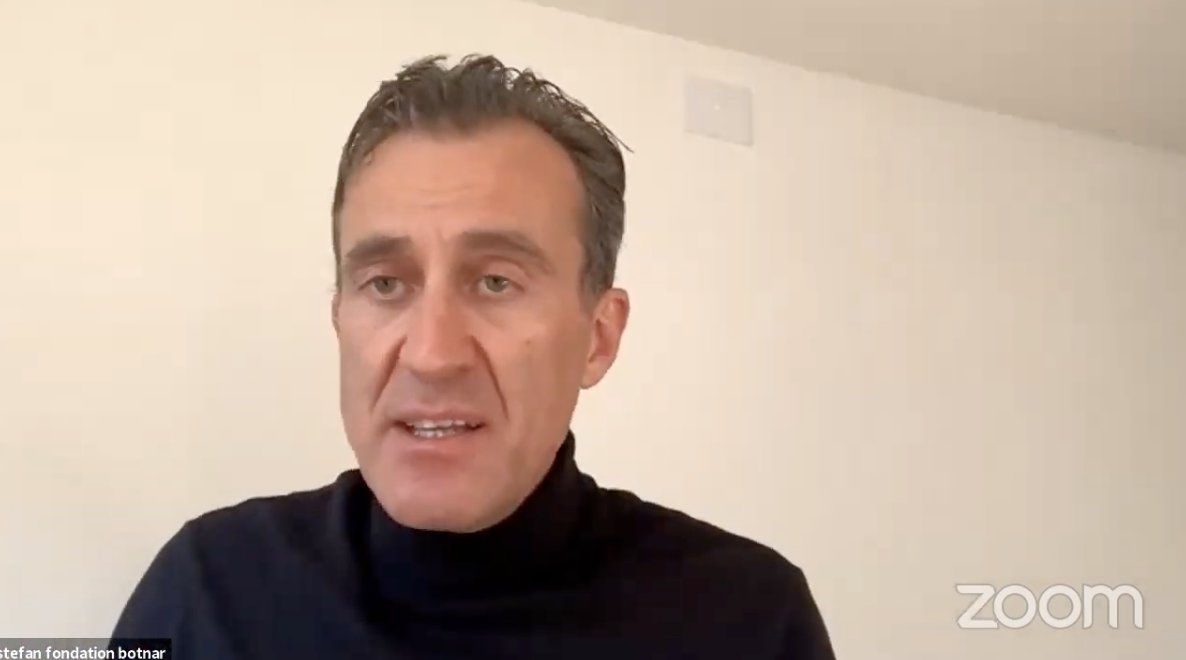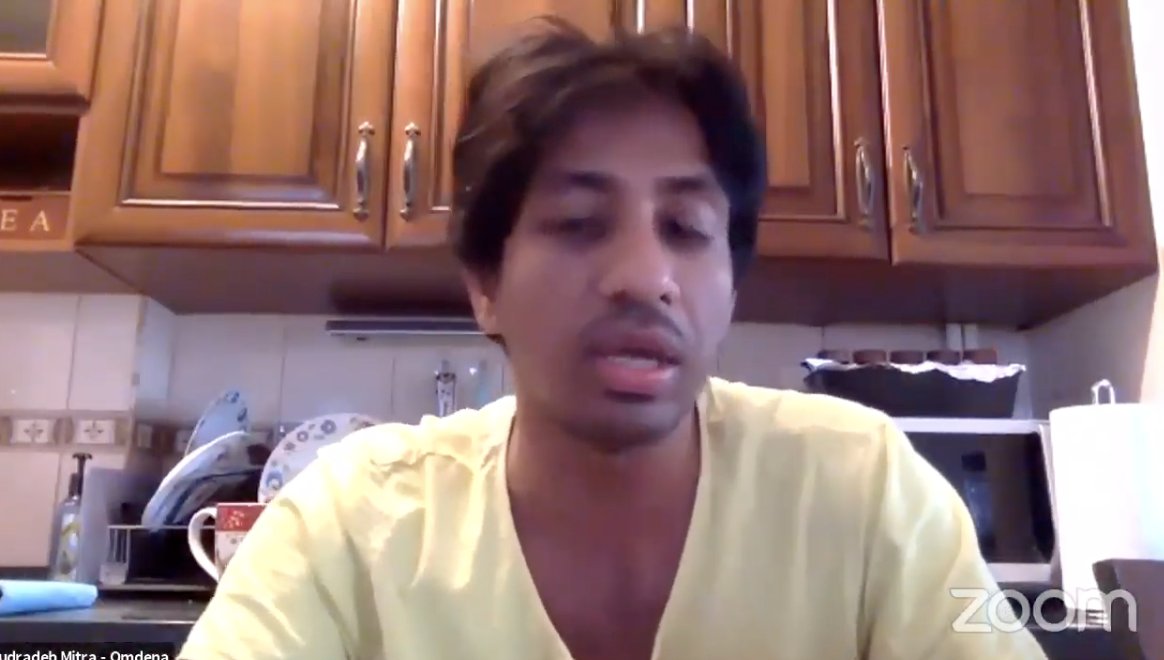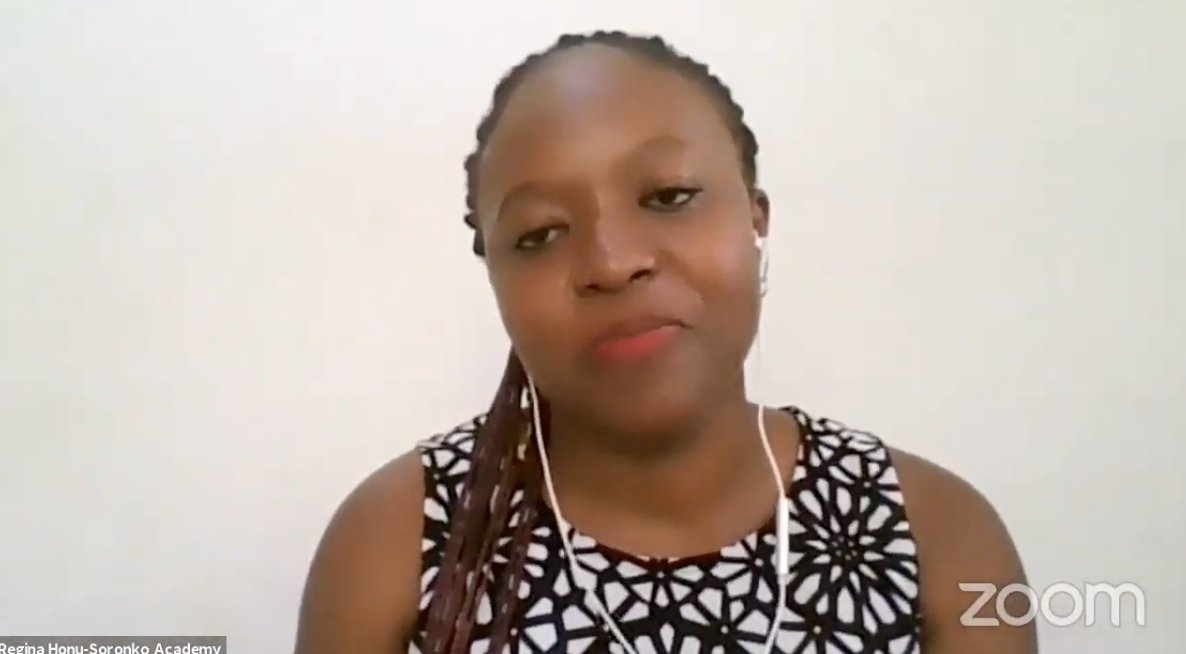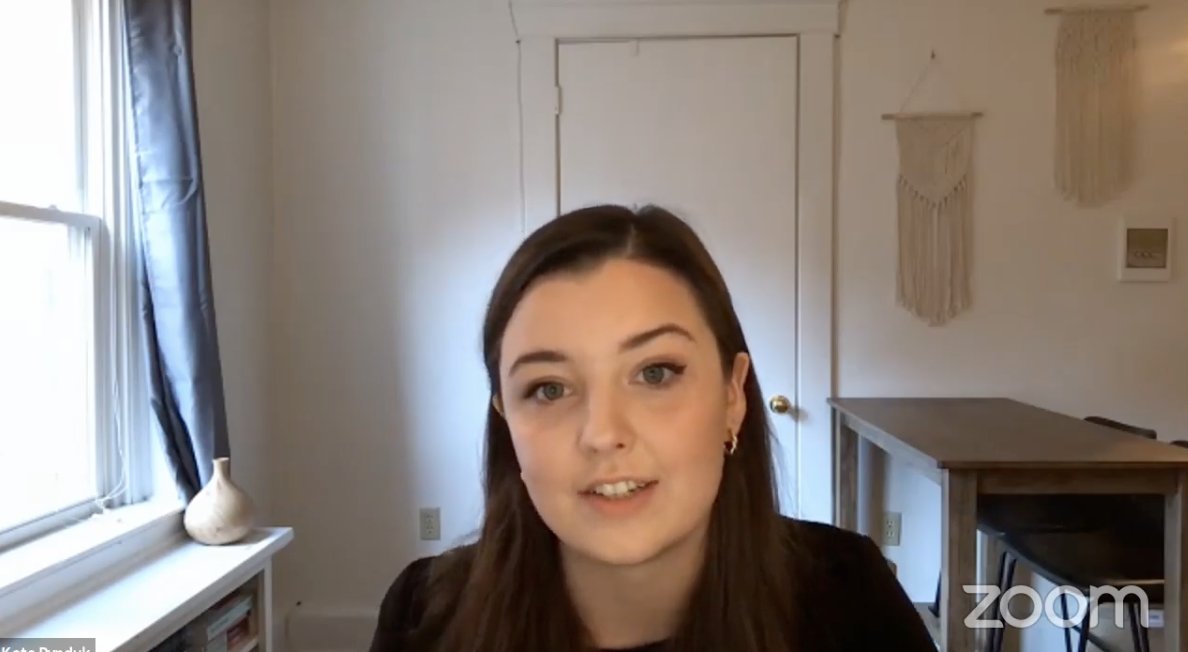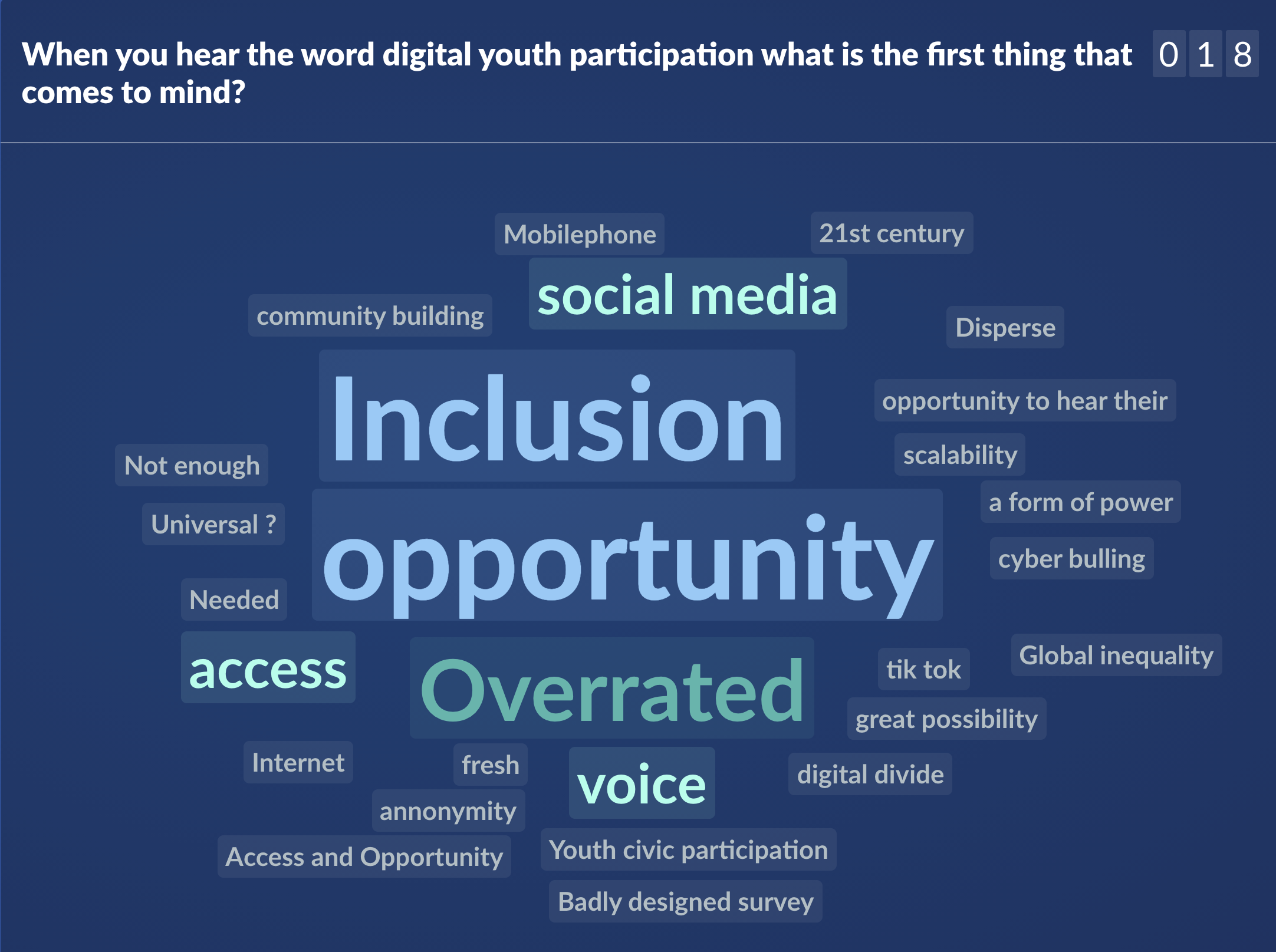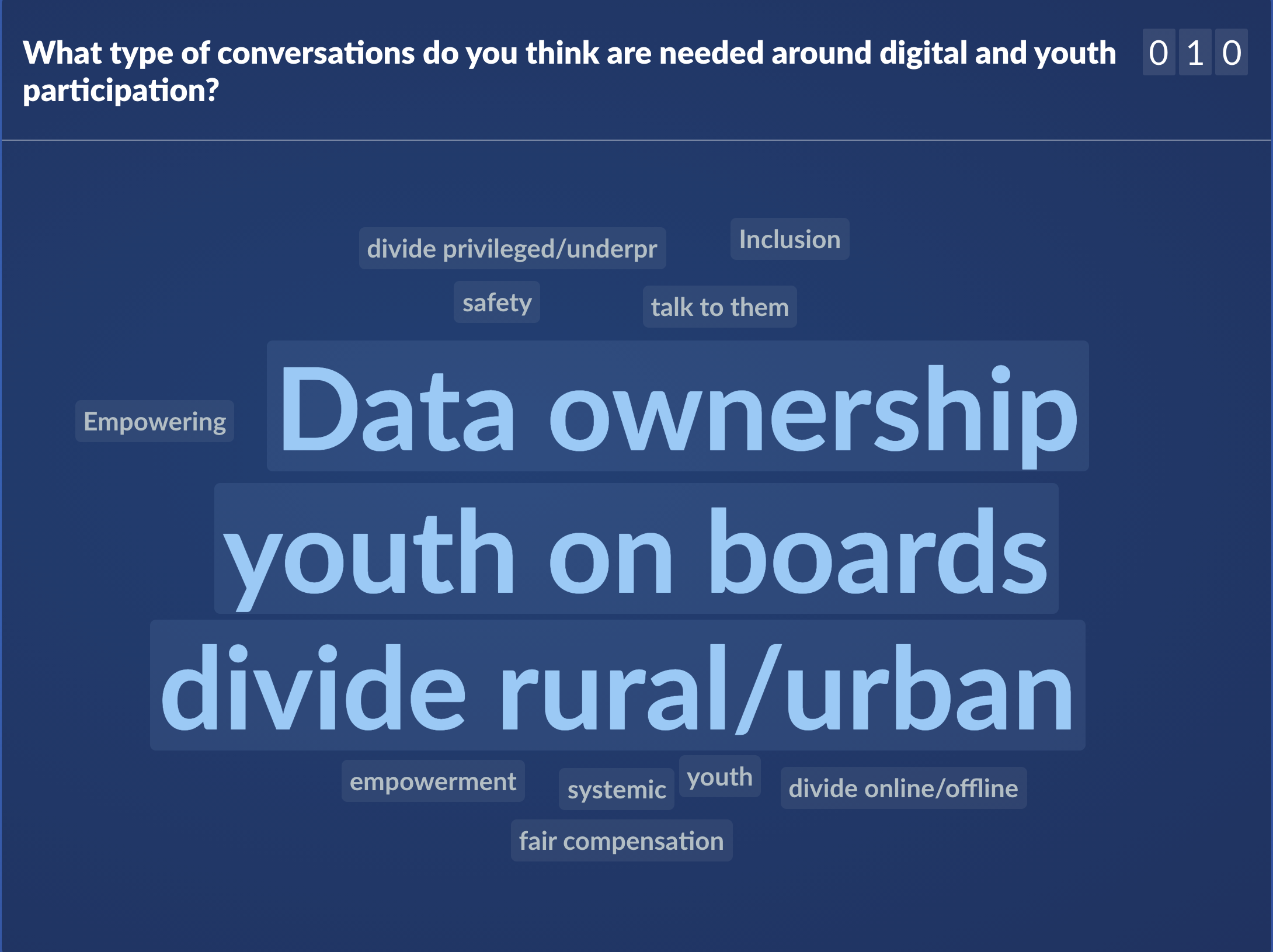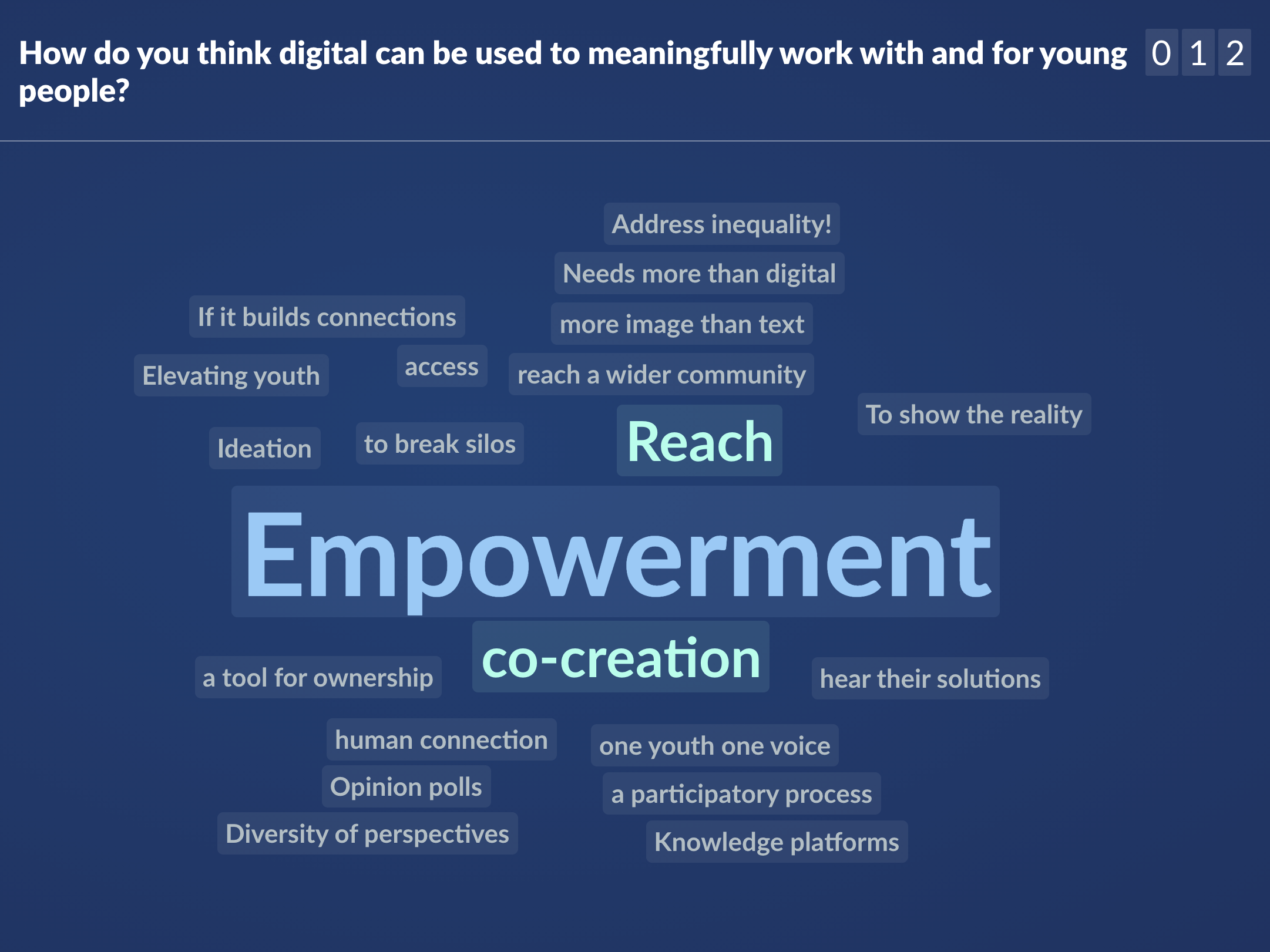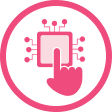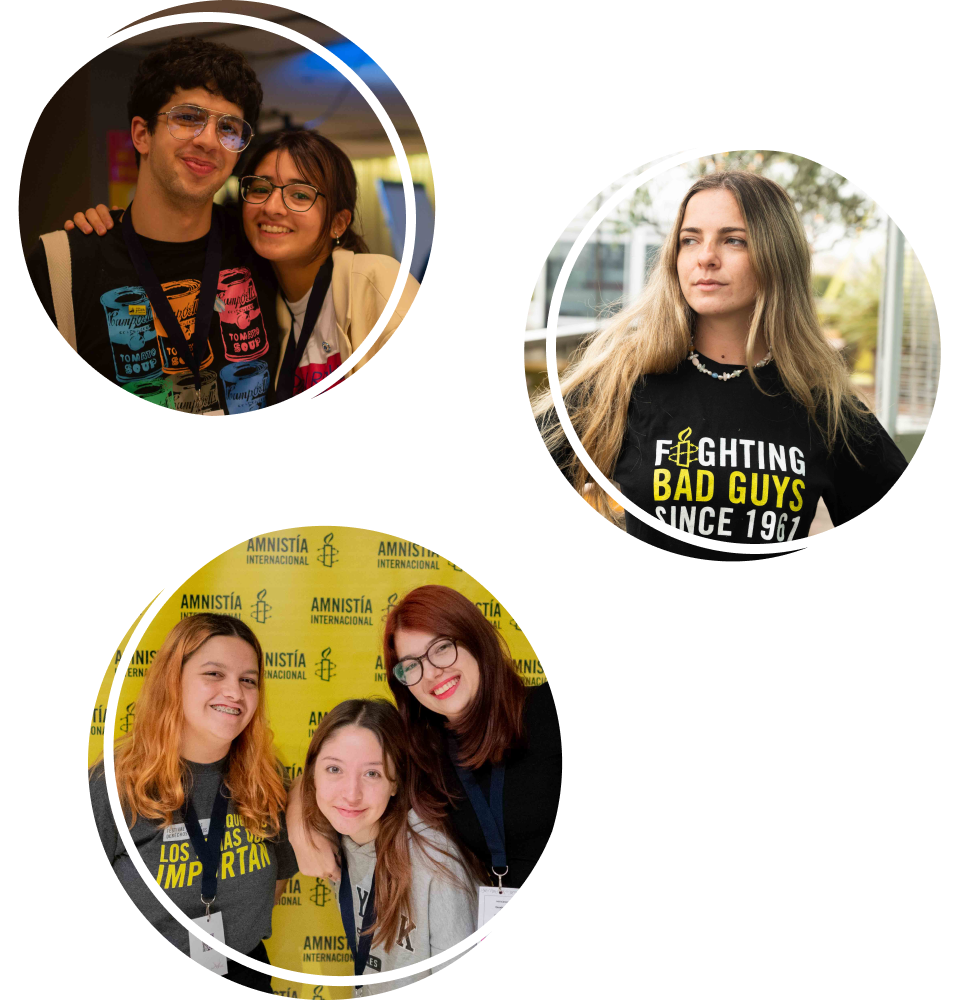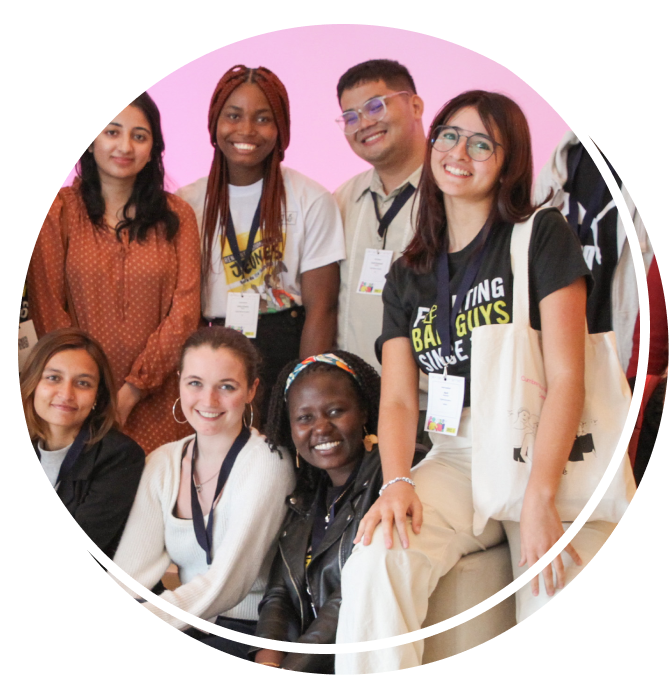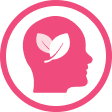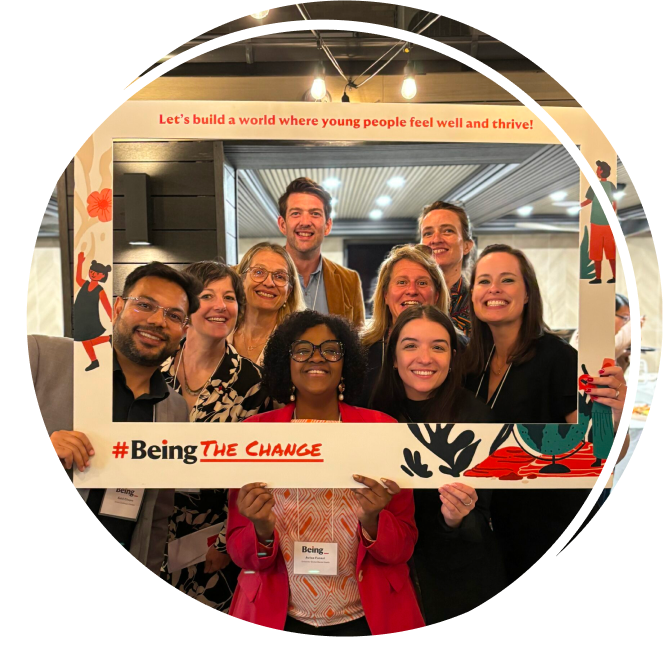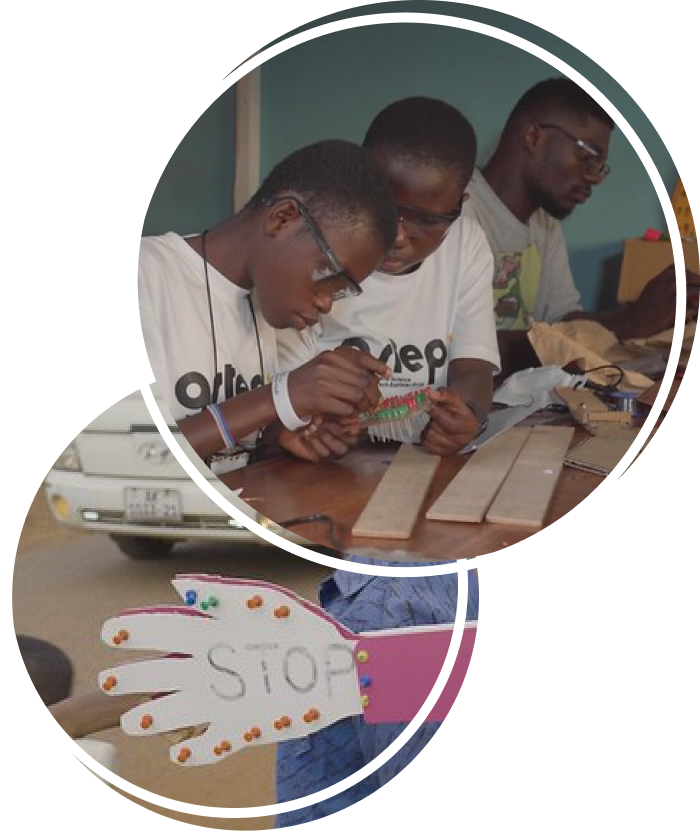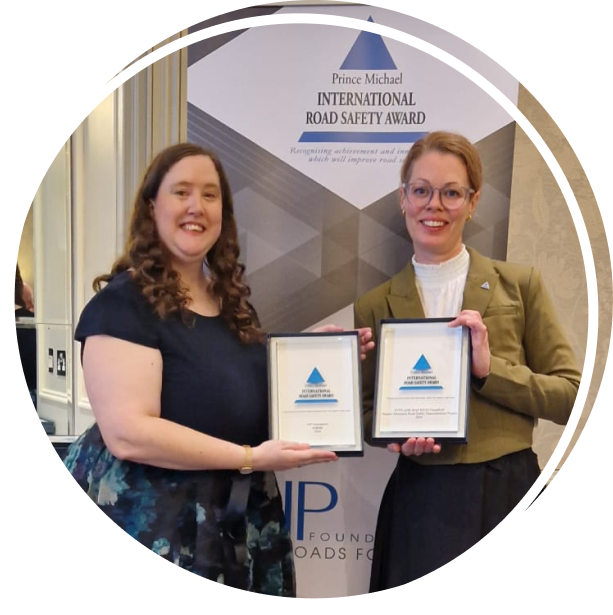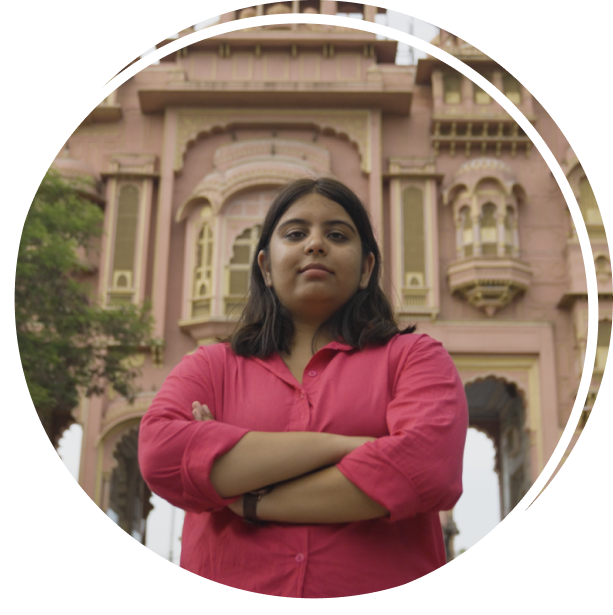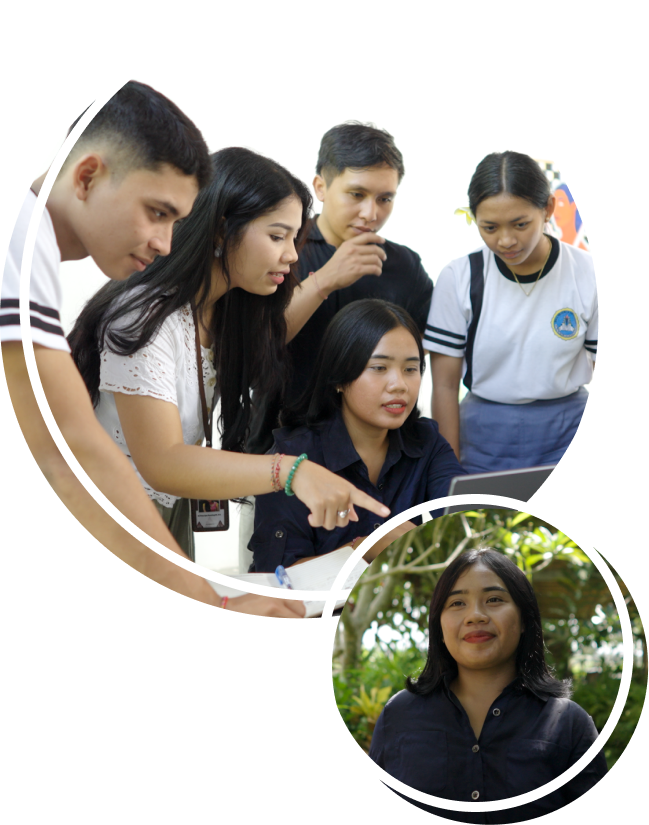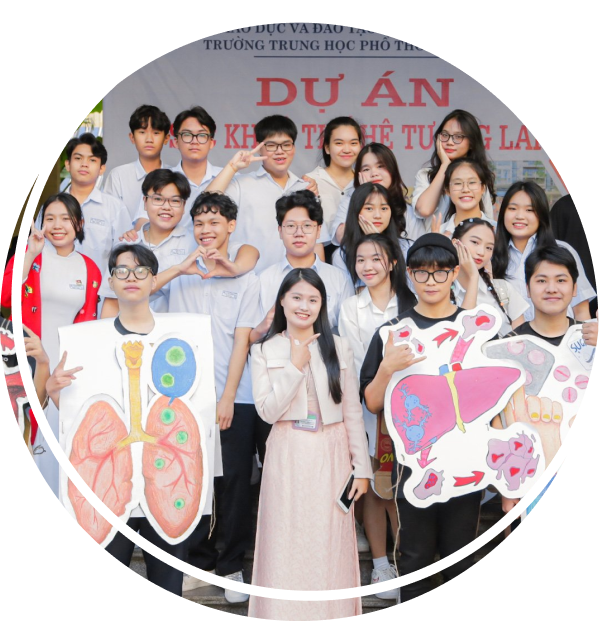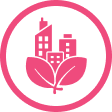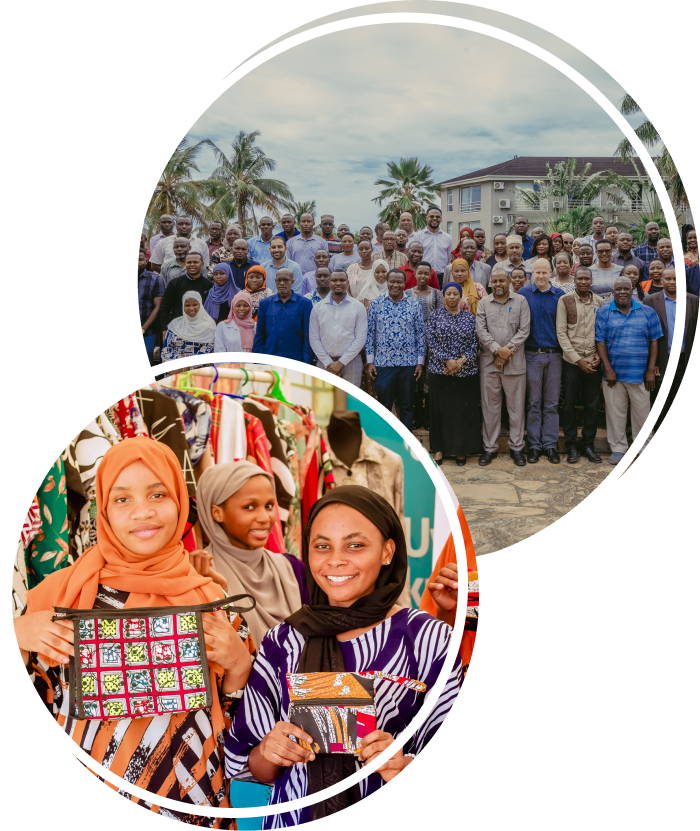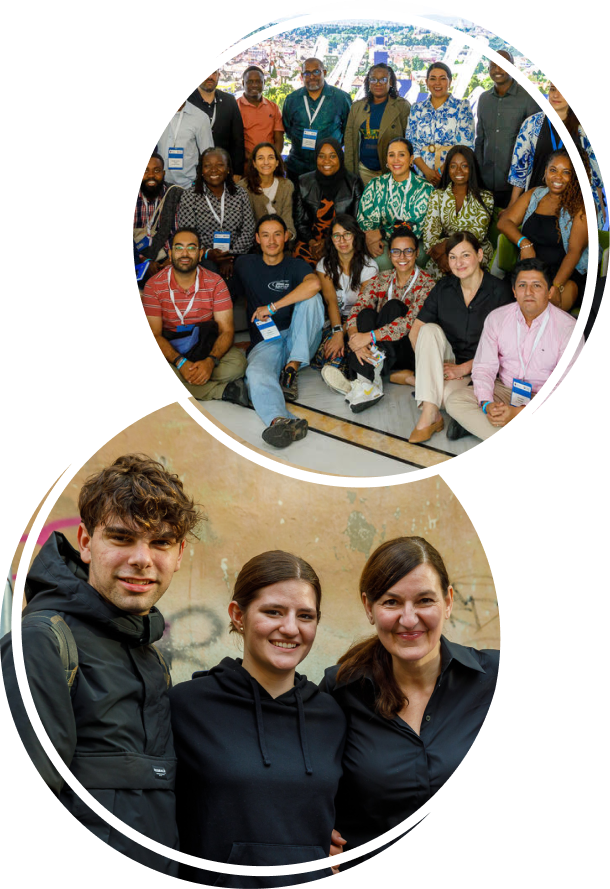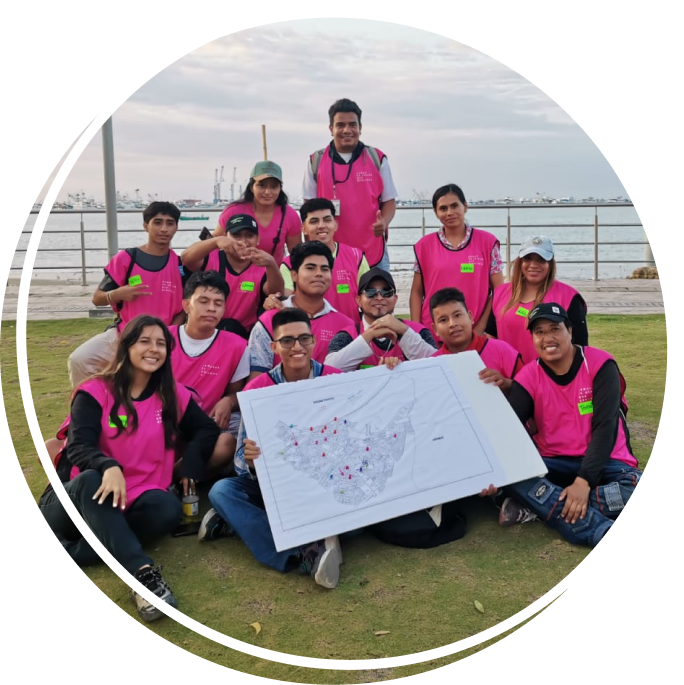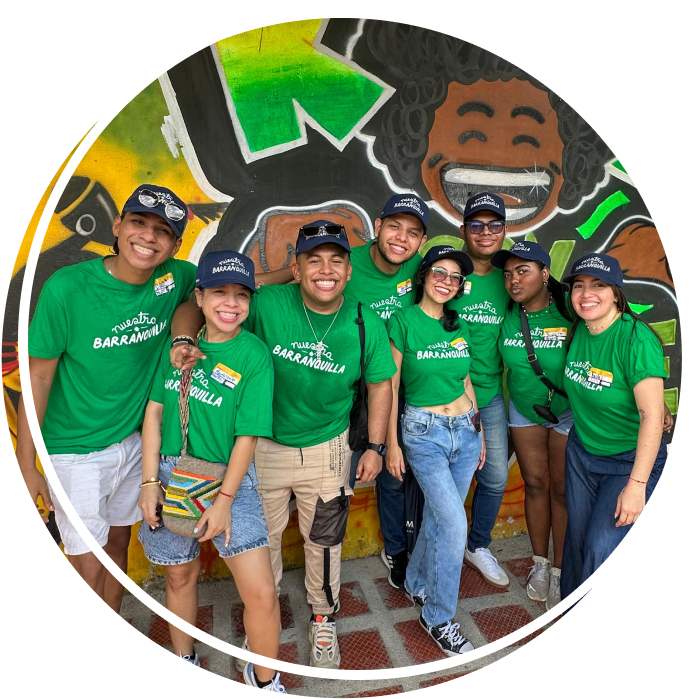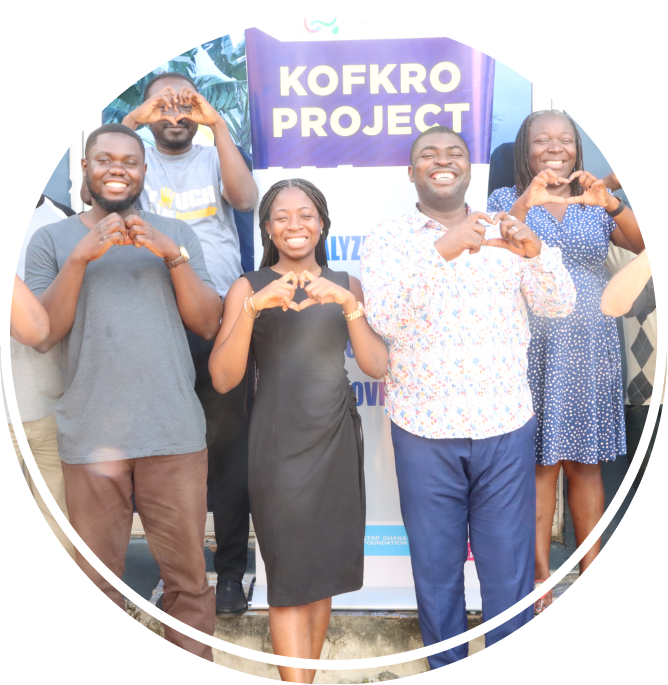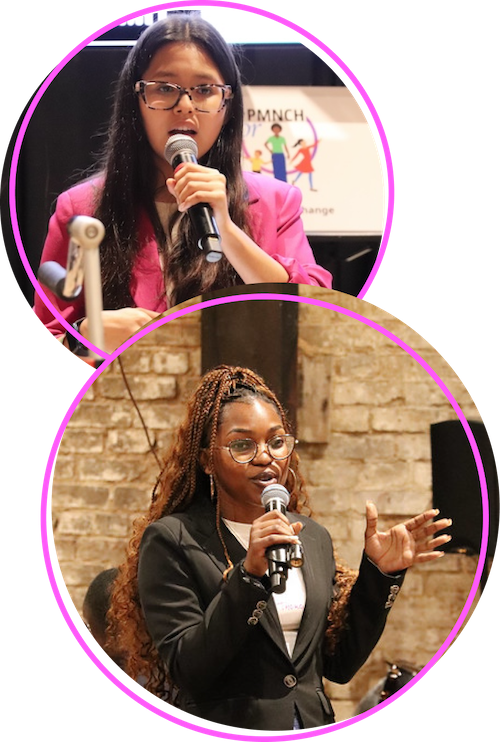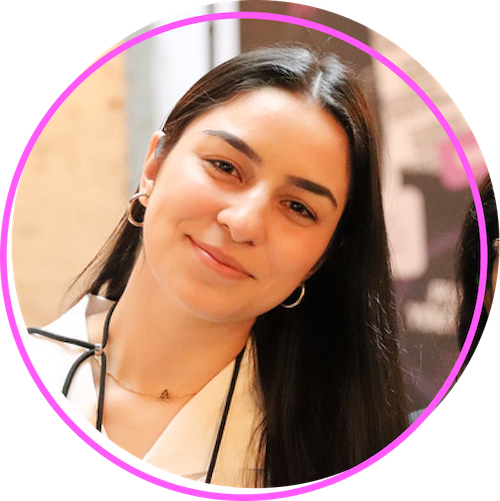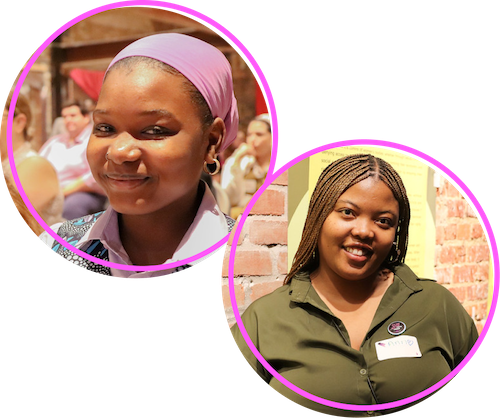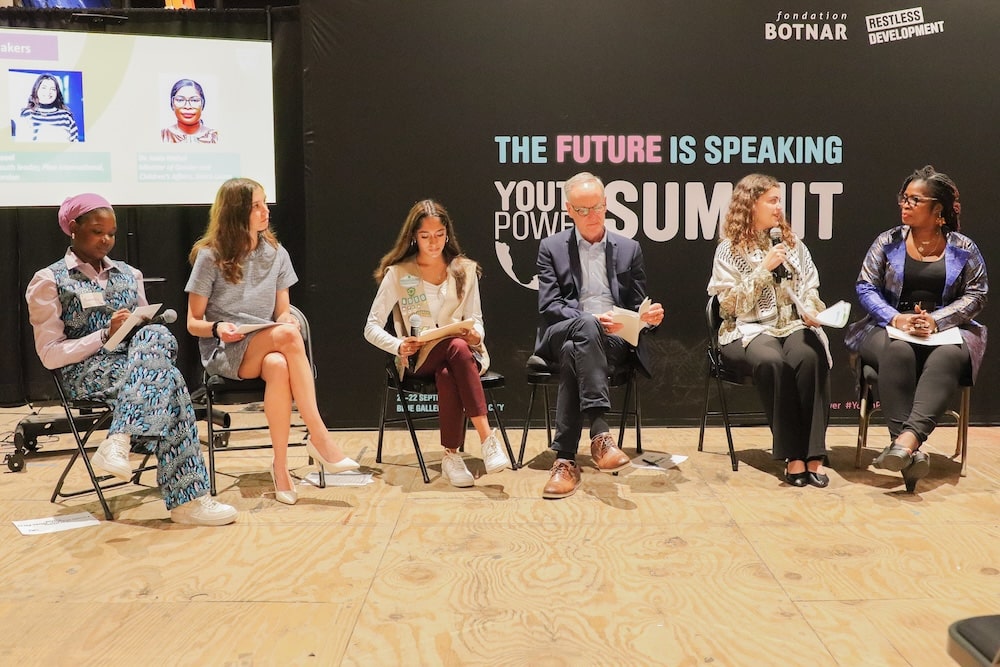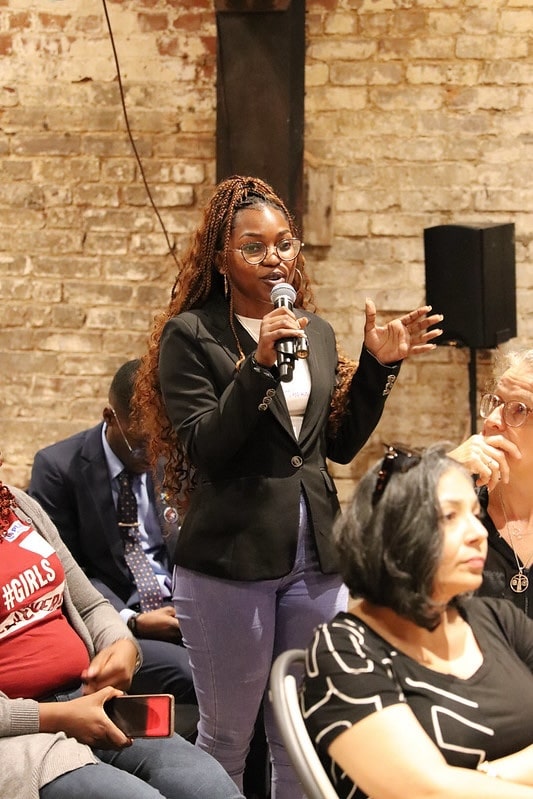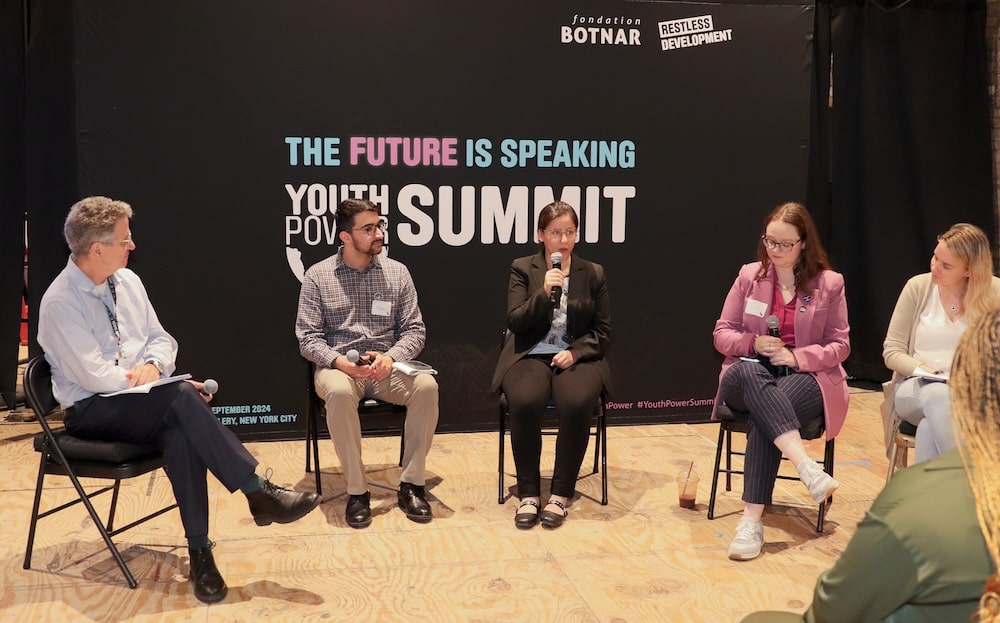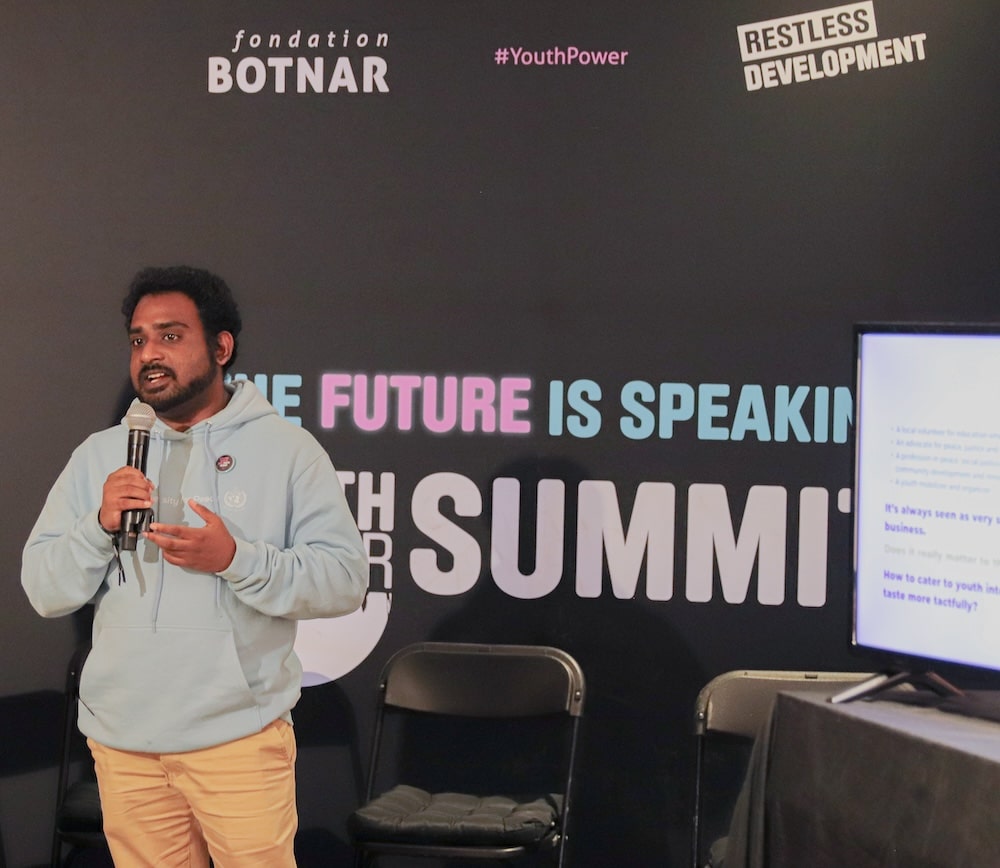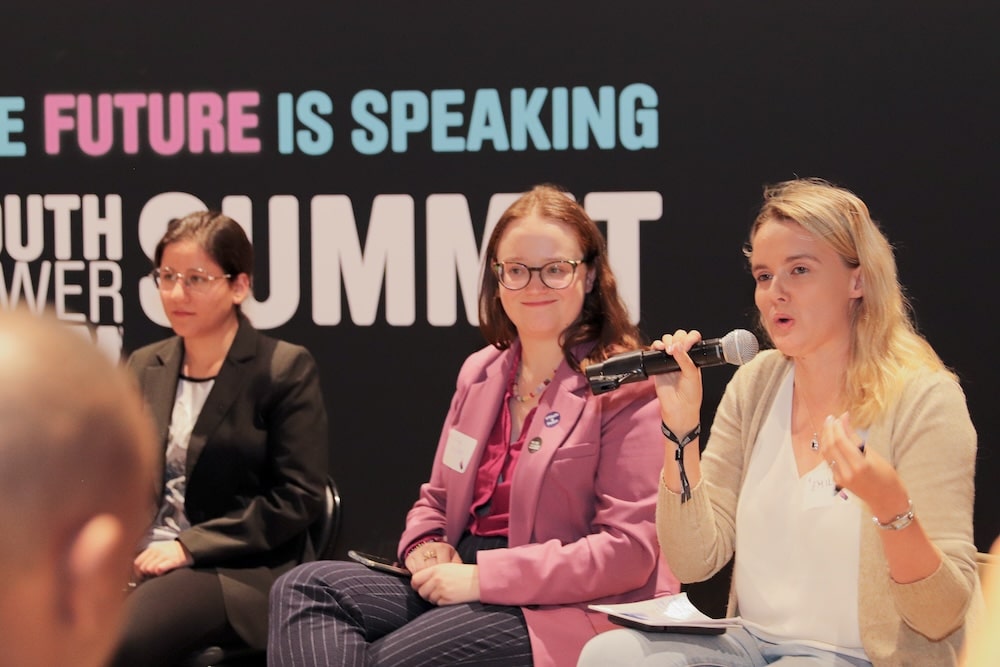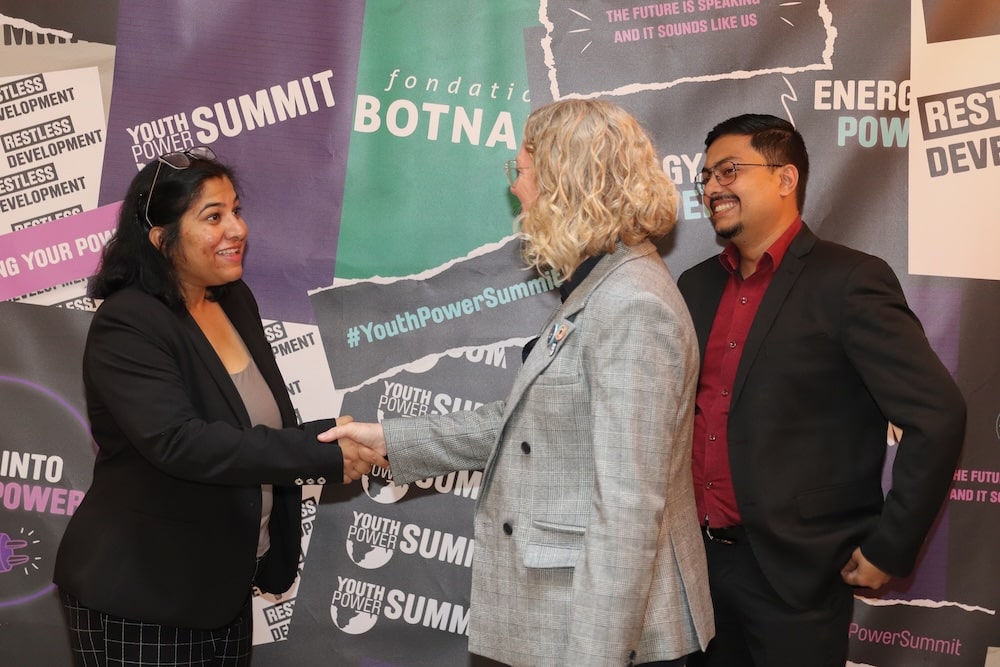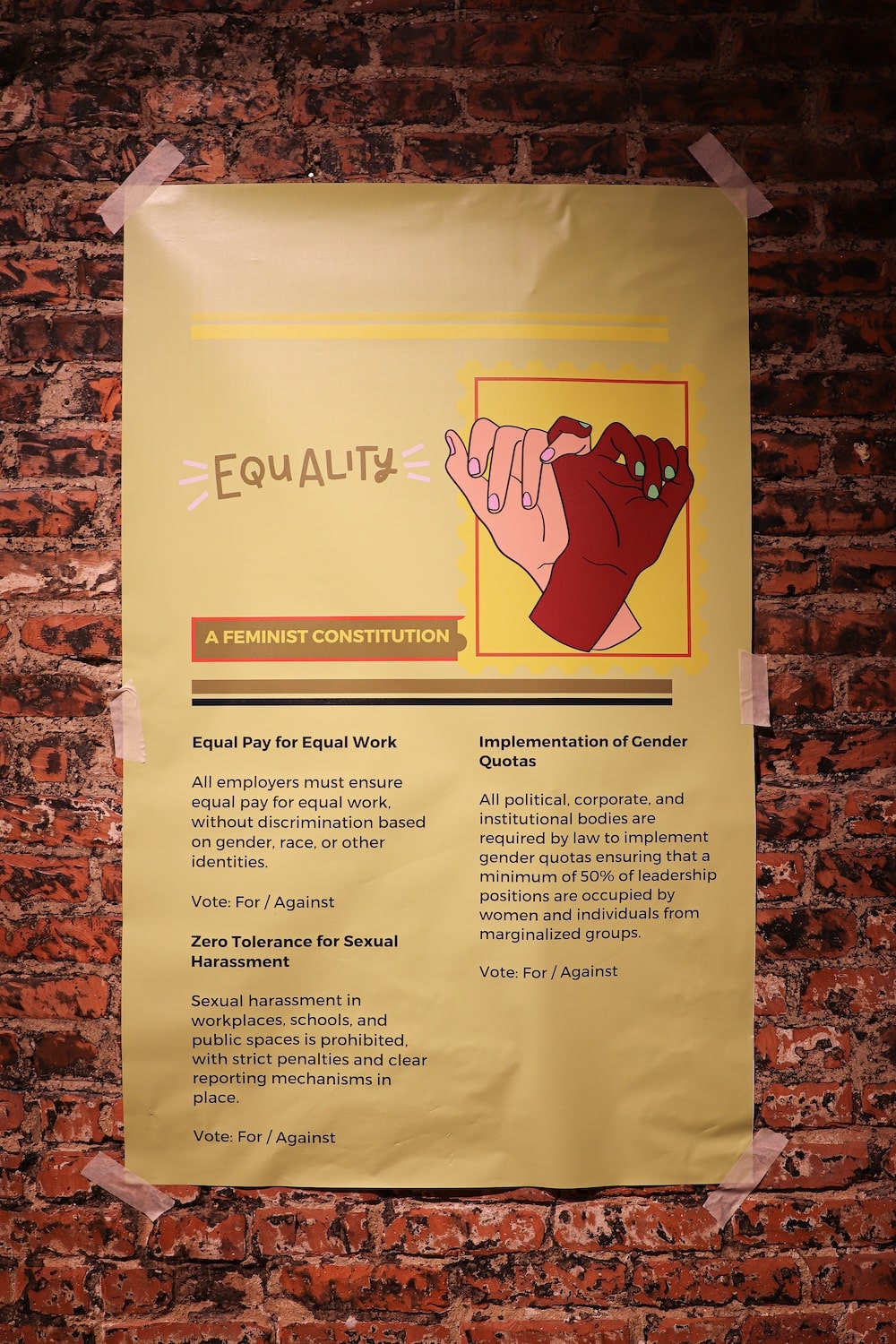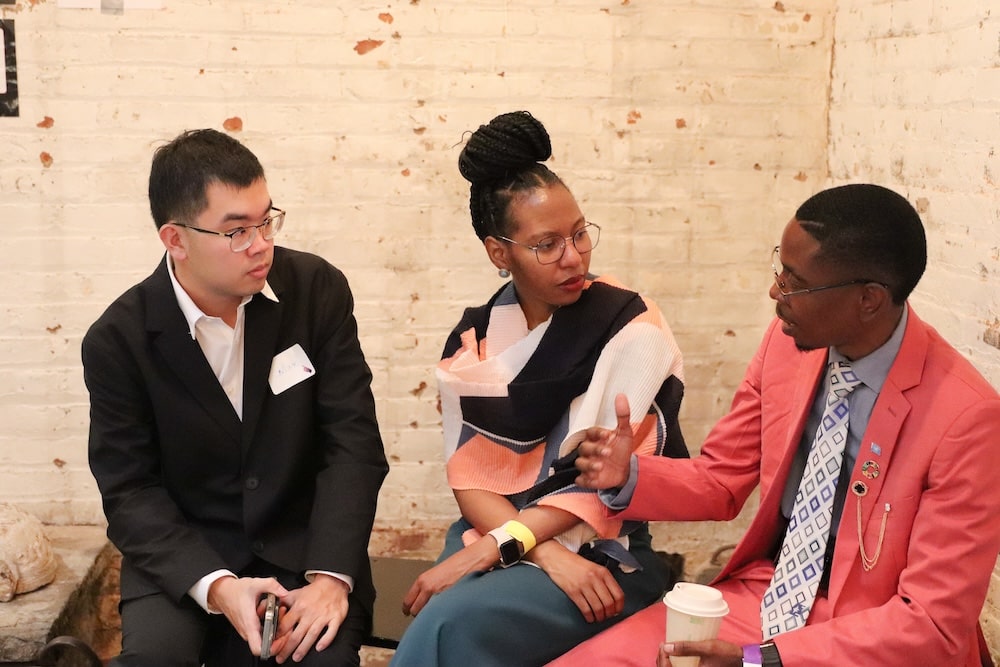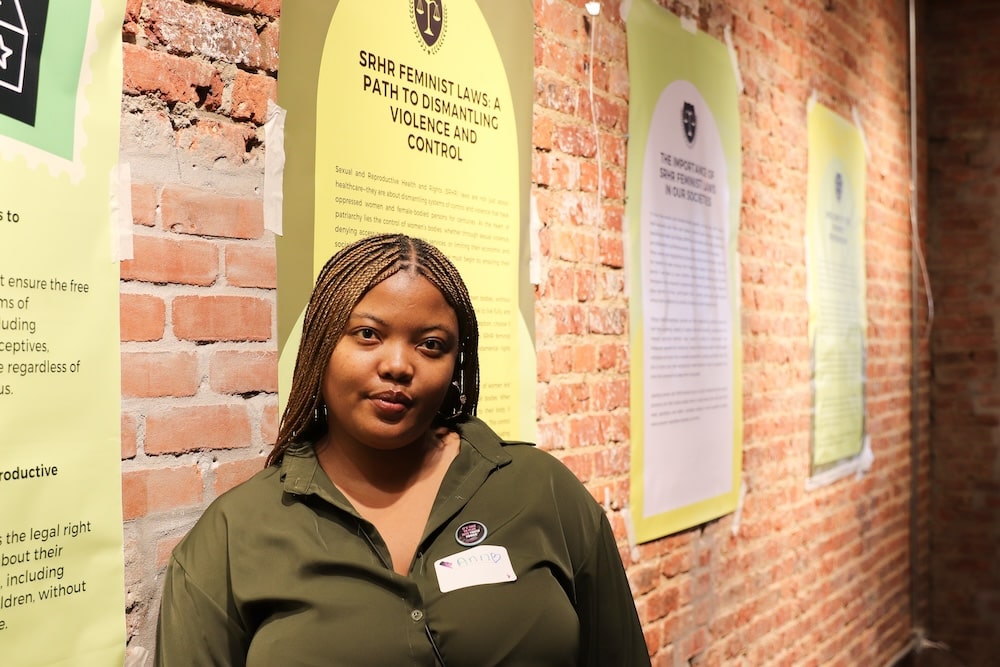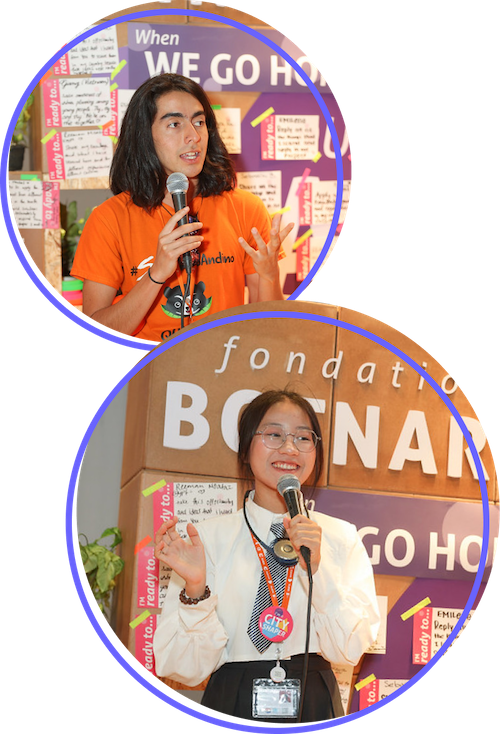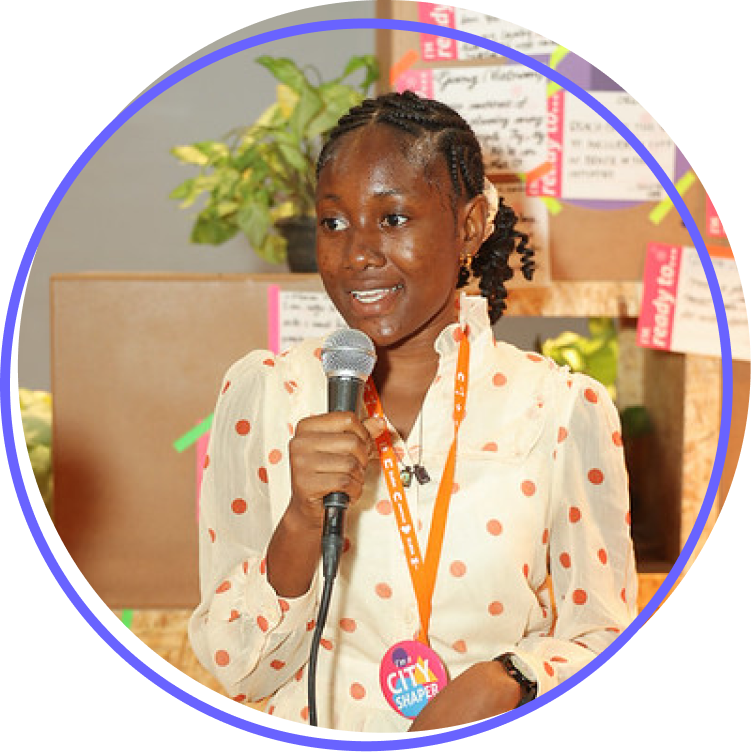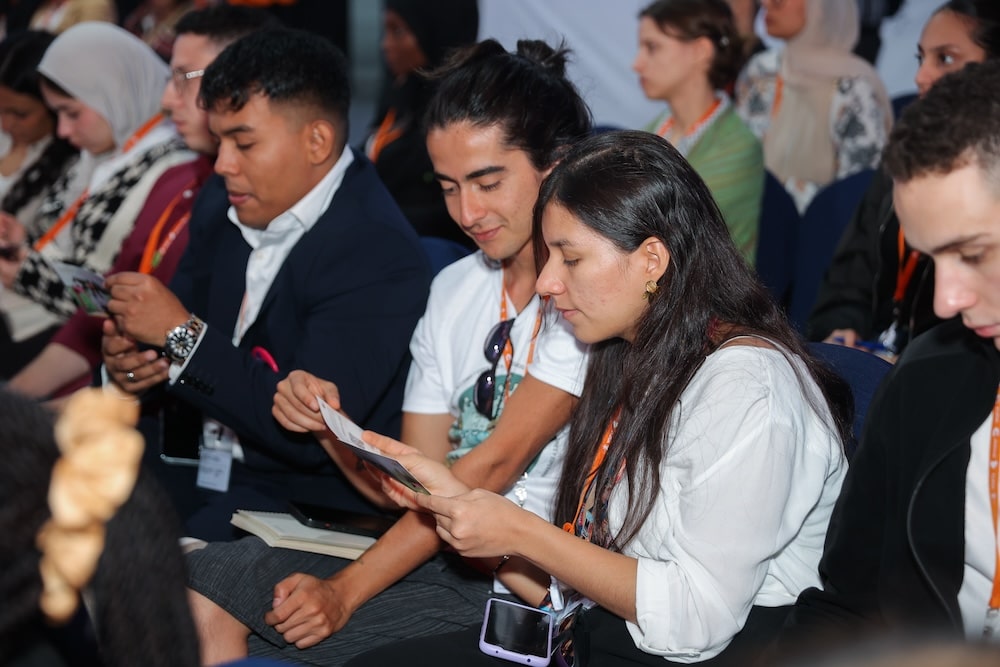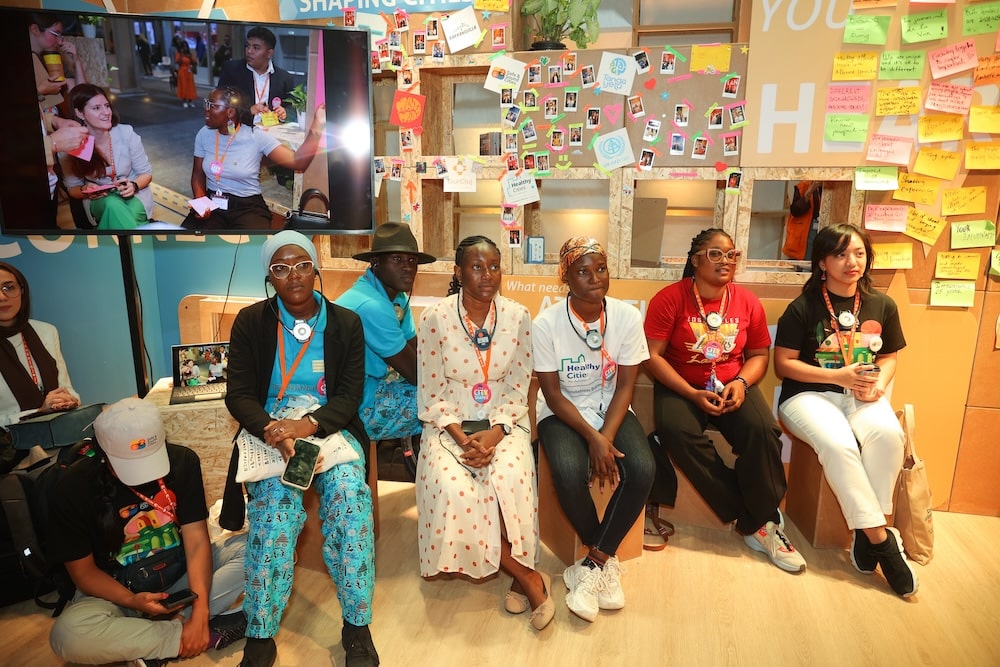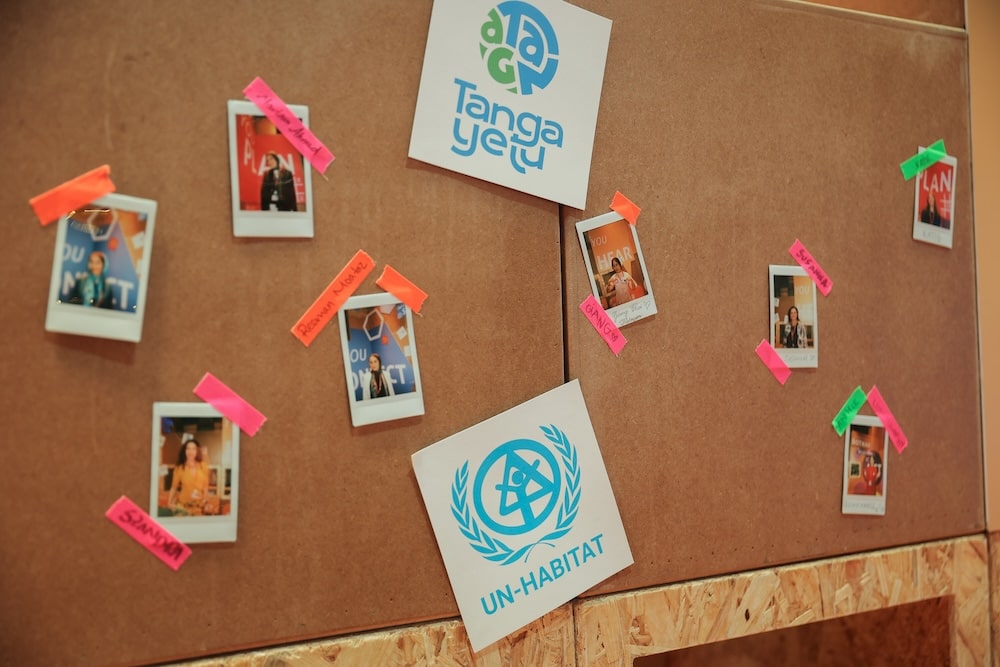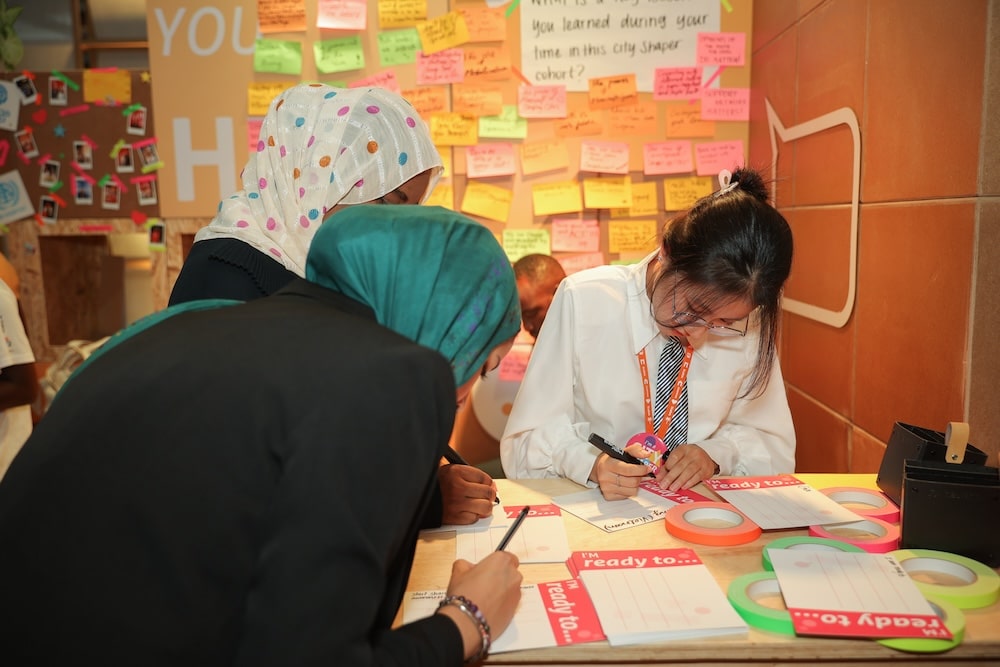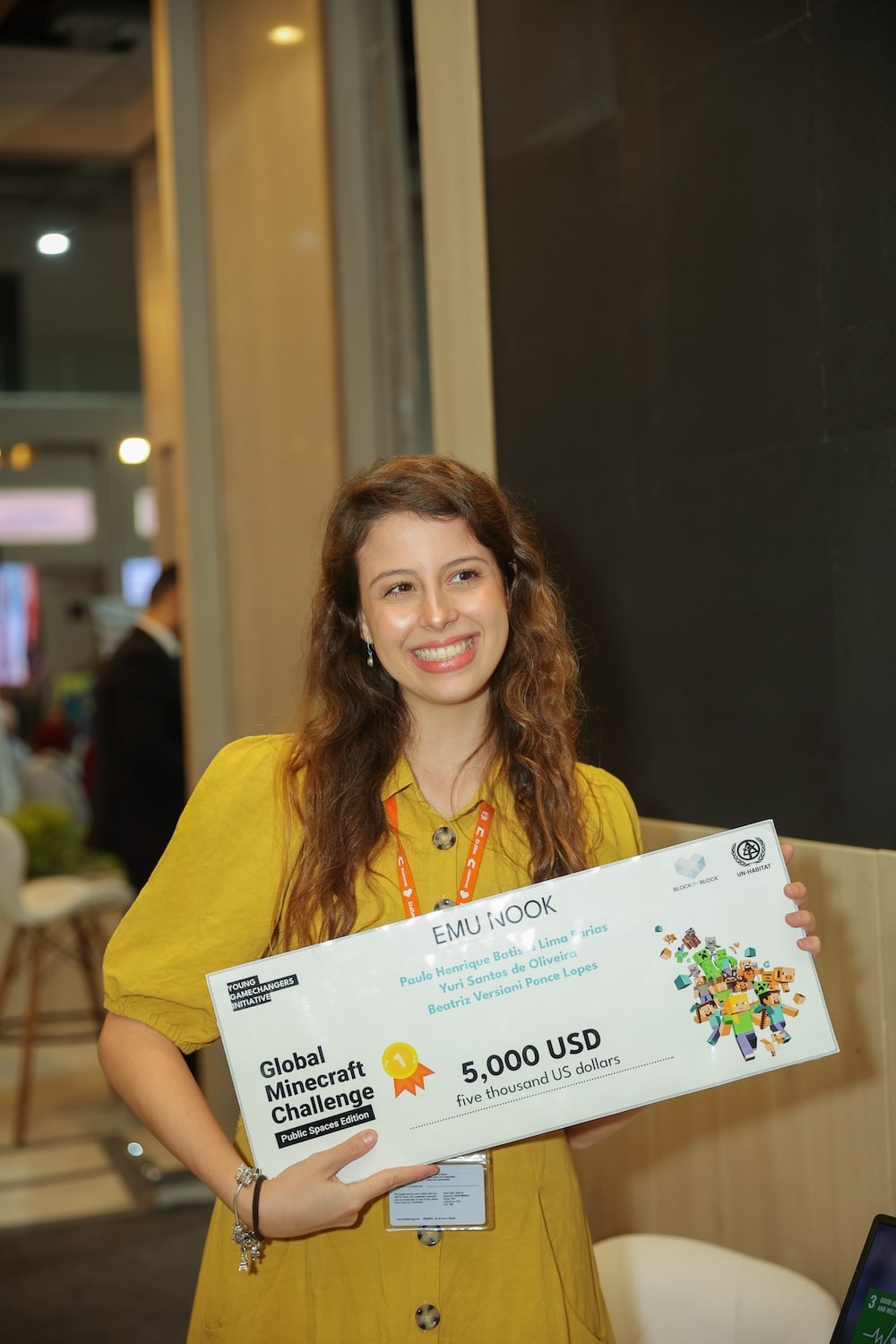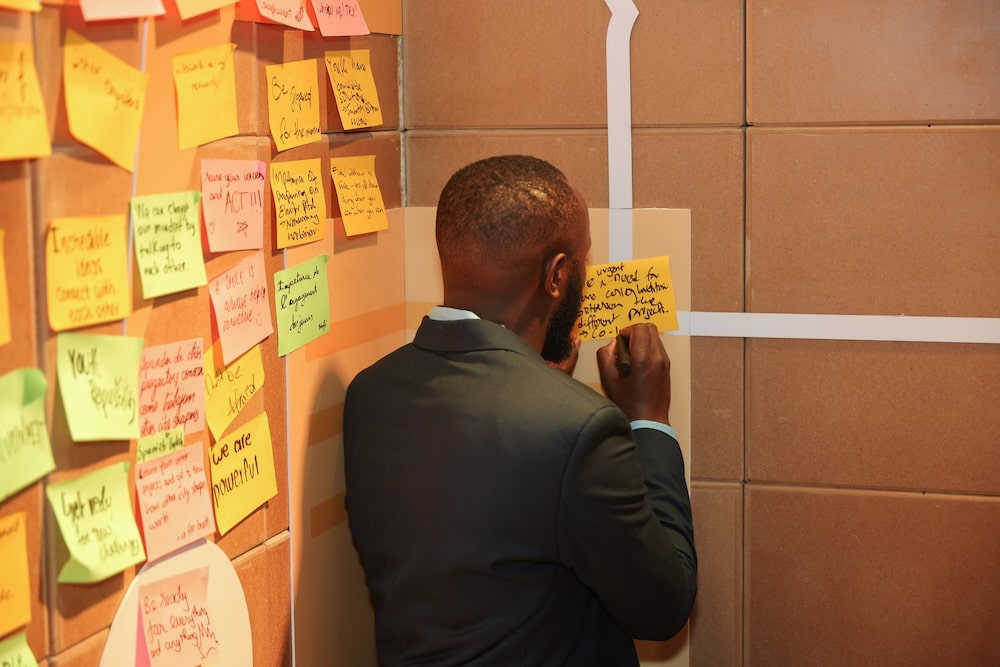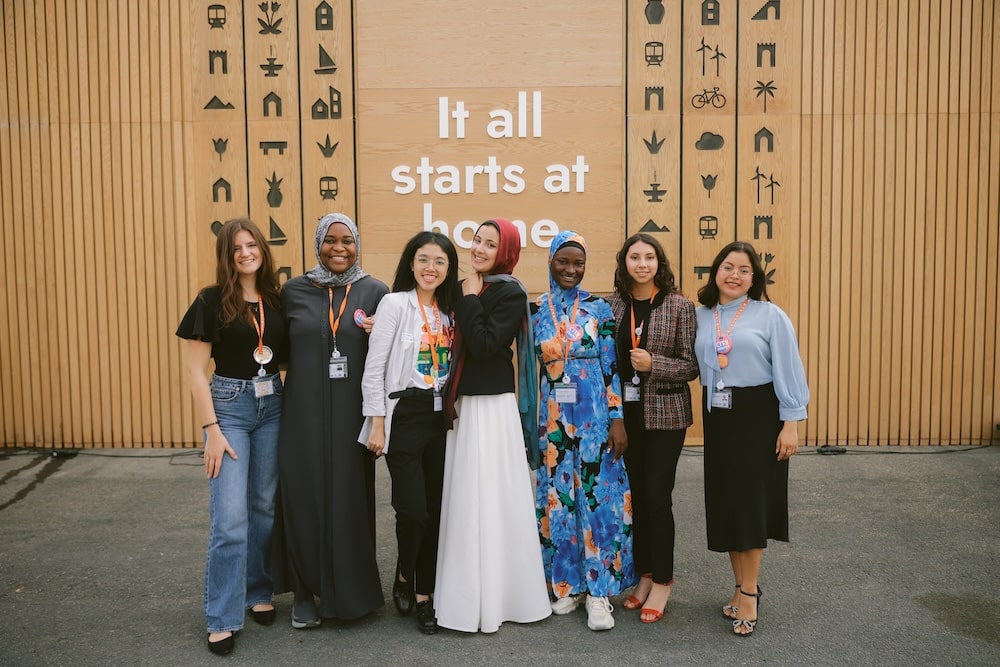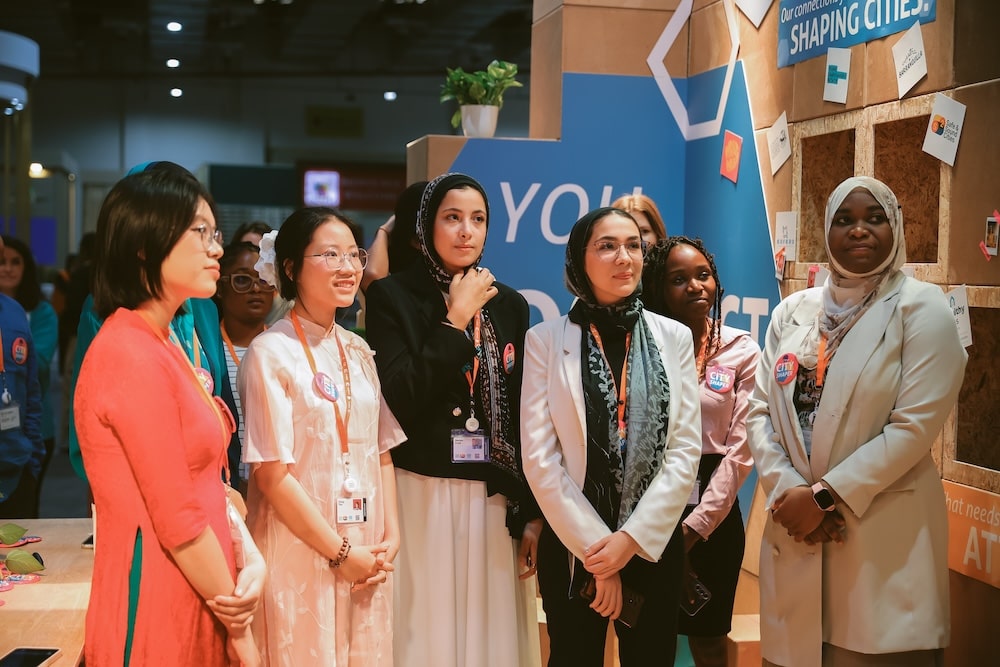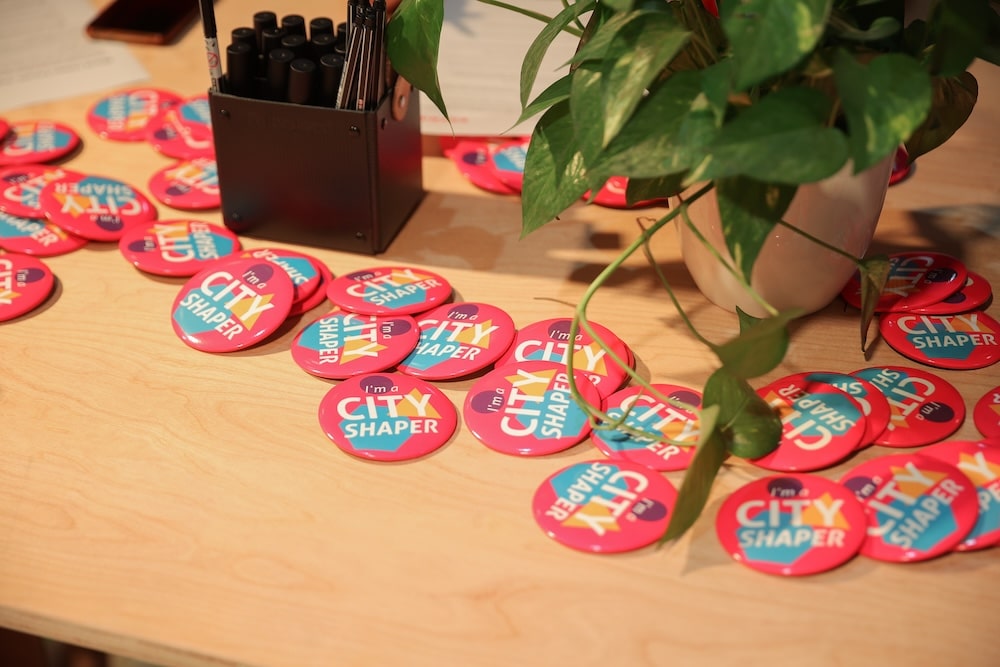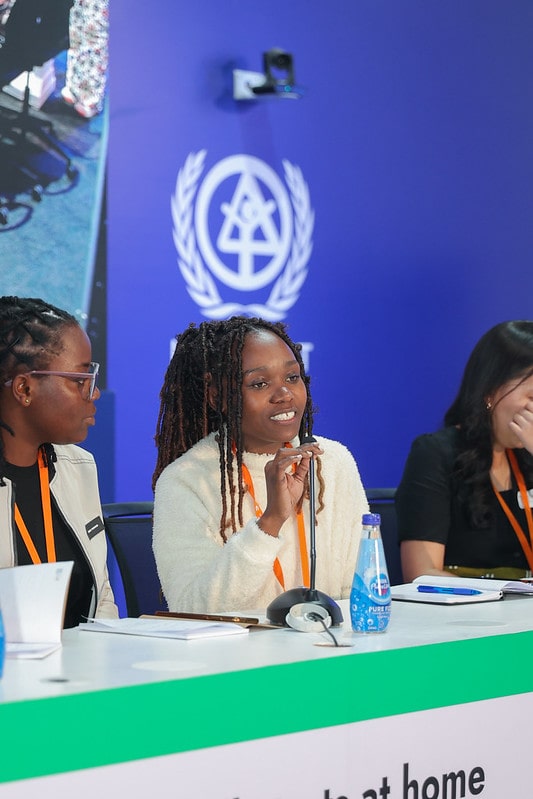We are living in an age of unprecedented technological disruption. As the first generation with a digital-first mindset, young people are best placed to leverage these advancements to accelerate change. Still, their priorities and needs are often not reflected in policies, and there is an urgent need to work with young people as equal partners and valuable contributors.
Fondation Botnar hosted a session at the 2020 Ashoka Changemaker Summit, the largest online summit for system-changing social innovators, entrepreneurs, and changemakers, to discuss the need to move from youth engagement to meaningful youth participation and the role digital can play in this process.
The session was moderated by Kiara Marvuglio, Engagement & Communications Manager at Fondation Botnar and Stefan Germann, CEO at Fondation Botnar gave introductory remarks. He stressed that meaningful youth participation is not a need, but it’s about the right of young people to meaningfully engage and participate. He further emphasised that most countries are signatories of the Convention of the Rights of the Child, meaning that young people can, and should, claim their right to participate. The Convention also underpinning the foundation’s approach and is guiding us in everything we do (learn more about this in our Strategy Refinement 2020-2022) towards achieving a world in which young people’s dignity and rights are respected, and where they can experience wellbeing and contribute to the sustainable development of society. Stefan encouraged the audience and panellists to discuss how we can ensure that youth participation also includes those with limited digital access and how we can overcome challenges with digital trust and transparency. Some very inspiring and knowledge people joined us with vast experience in this area to discuss some of these opportunities and challenges:
- Kate Pundyk is a young researcher currently completing her studies in technology policy at Yale University. She is a member of Young Experts: Tech 4 Health, a digitally-enabled team of young people representing 12 different countries across the 6 WHO regions to shape and guide the agenda towards achieving Universal Health Coverage (UHC) by 2030 through data and digital.
- Johannes Wedenig is leading a joint Fondation Botnar and UNICEF project, the African Youth Digital Innovation Platform under which a new start-up called YOMA was created together with young people to catalyse young people’s creativity and solicit their ideas on systemic challenges facing social sectors in Africa.
- Rudradeb Mitra is co-founder of the start-up Omdena AI, a bottom-up global collaborative platform for building AI solutions, also often collaborating with young professionals, allowing them to use their AI, data science skills for social good projects.
- Regina Honu is an Ashoka Fellow in Ghana and founder of Soronko Solutions. Soronko Solutions is engaging girls in science and technology by sharing role models and tools to move from consumers to creators of technology.
In this blog, we have asked the panellists to reflect on some of the questions the audience asked during the session.
How can we make sure in the design of platforms that we include all young people, including those from underprivileged backgrounds?
Johannes: It is important to use thorough human-centred design processes right from the start. We need to invest sufficiently into the problem exploration and empathy stages to make sure we develop answers for real problems. To design an inclusive process, it is, in my view, vital that we rely not only on online but also offline engagements and facilitated sessions. Of course, it is also essential to design eventual platforms for low tech and low connectivity environments or at least to have plugins that allow for greater, more inclusive participation from different groups, including those in low and middle-income countries and rural communities.
Kate: Another critical element to keep in mind is that not every problem has to have a technological solution. For example, OCHA’s Centre for Humanitarian Data often refers to the issue of ‘ossification’ wherein well-meaning innovators code existing social hierarchies into their digital solutions making barriers more difficult for historically marginalised communities to overcome. Thinking through the harms that these communities could face if biases are coded into digital infrastructure is a crucial element of making platforms inclusive.
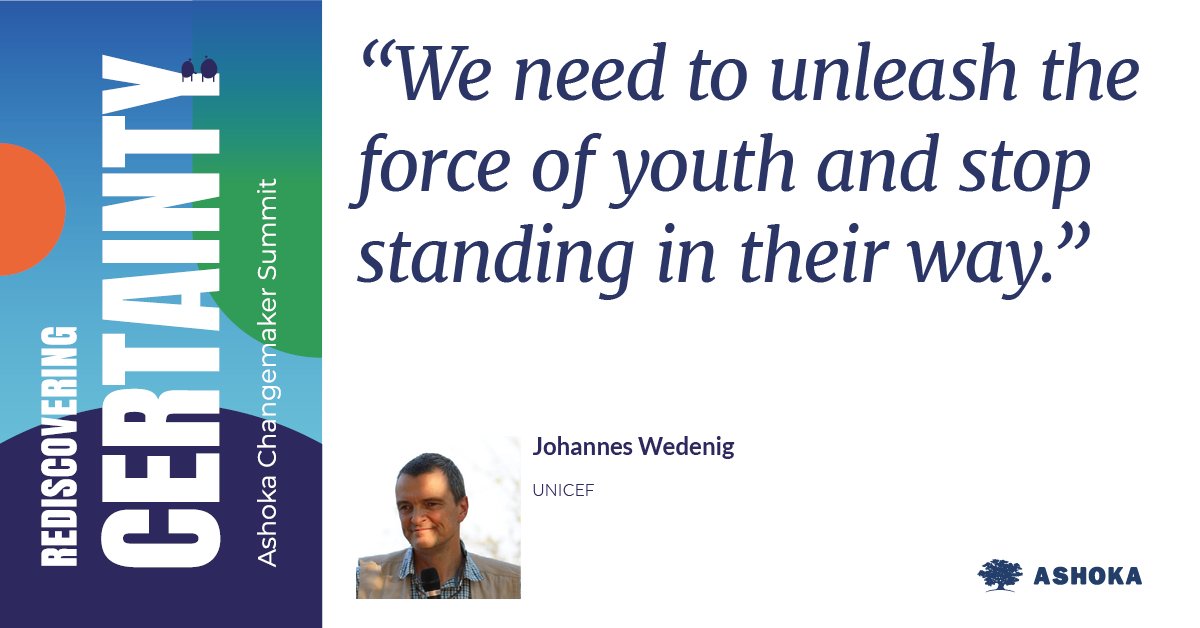
How do we balance the adverse affects social media can have on people with the opportunities to participate and shape the future?
Kate: Young people are some of the most well-versed users when it comes to social media, so young people must be at the table writing legislation for how to regulate it. The best way to counter the harms of social media, in my opinion, is to advocate for regulations and legislation that hold companies to a higher standard. Especially for rural youth, staying off the Internet entirely is impossible because that is often the only way for us to participate. Investing in digital literacy programs is essential, but more critical is advocating for legislation to make the Internet safer.
Rudradeb: We need to include young people’s voices in this conversation. In particular, we need to see increased trust in young people as they have their own best interests in mind. We need to show role models for young people, and social media is an excellent tool to do so. I believe we all are good and want to do good in this world, and when we are provided with freedom and opportunities, and through collaboration and equal partnership, we will create a better world.
How do you build the digital skills of those young people that might be difficult to reach to ensure you don’t exclude any groups in your work?
Regina: When we go from urban to rural we see a big change in the mindset among young people where they don’t believe they will be able to ‘go digital’ because they come from a particular background. This is one of the biggest barriers when working with digital with young people from rural areas and we need to dispel this mindset and build confidence in them that anyone can engage with digital tools and on digital platforms. But it is also important to keep in mind that one size does not fit all and we need to tailor how we work with and reach young people – for some it may be over Facebook and Zoom, and others over radio and SMS.
We also have to work with partners in a collaborative approach so that we engage young people in hard to reach areas, and also to leverage better access to resources such as devices, laptops and internet access; equally important is also to build community ownership to ensure sustainability.
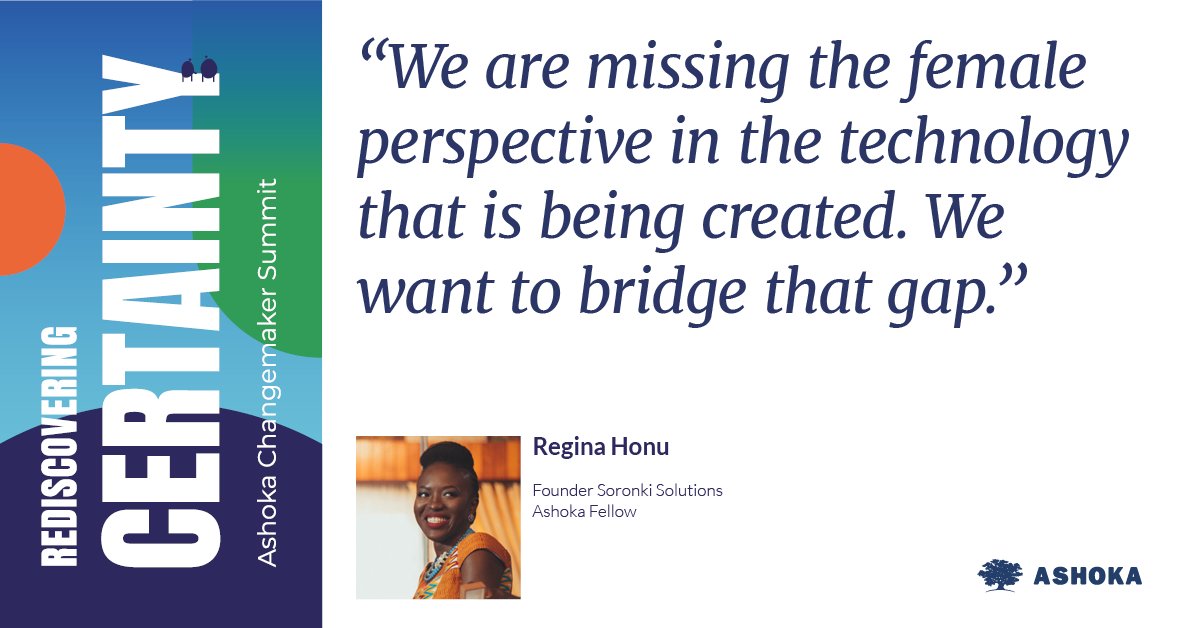
How do we move from the representation of young people to real participation? What are some of the concrete actions organisations can take?
Kate: It is essential to stop relying on youth-only silos for youth participation and continue to fund capacity-building tools to equip young people for decision making roles. Too often we think that youth have to exist outside of existing workflows, for example, in a youth council as opposed to on an organisation’s board. To make sure young people are included, they need to be built directly into workflows, for example, hiring young staff, electing young officials, and appointing young board members. A good approach is to map out your organisation’s needs over the next few years and actively recruit young people for soon-to-be-open roles while investing in programs that fund potential young applicants to acquire the skills they need to be successful. It’s not a capacity problem; it’s a resource one.
To make sure we engaged the audience, we asked them to share their thoughts by responding to three polls linked to the topics the panellists discussed. We asked what they associate with digital youth participation, the type of conversations they want to see related to the issue, and how digital can be used to achieve meaningful youth participation. See what the audience thoughts were below.
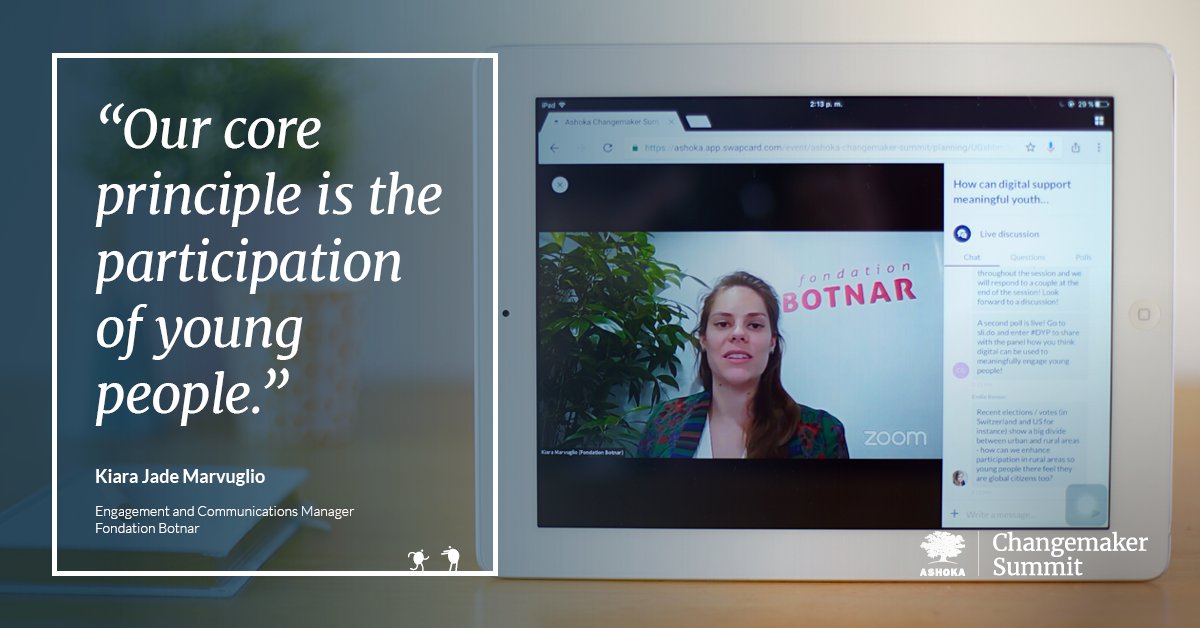
The session provided ideas of concrete action to enable opportunities and platforms for young people to share power and responsibility in shaping their futures and it also gave us valuable input for a Youth Exchange Event we are planning to host in the future to bring the discussions to the next level.
If you missed the session, you can watch it here and remember to follow us on Twitter to continue the dialogue and stay up to date about our activities: @FondationBotnar.
